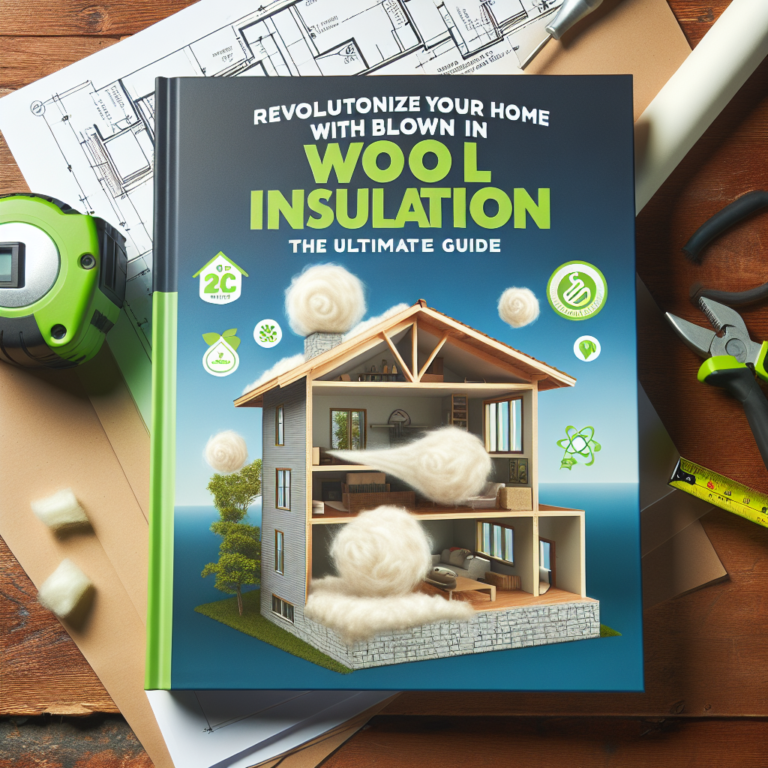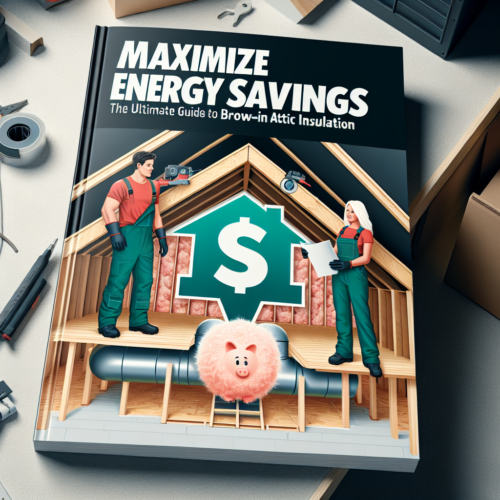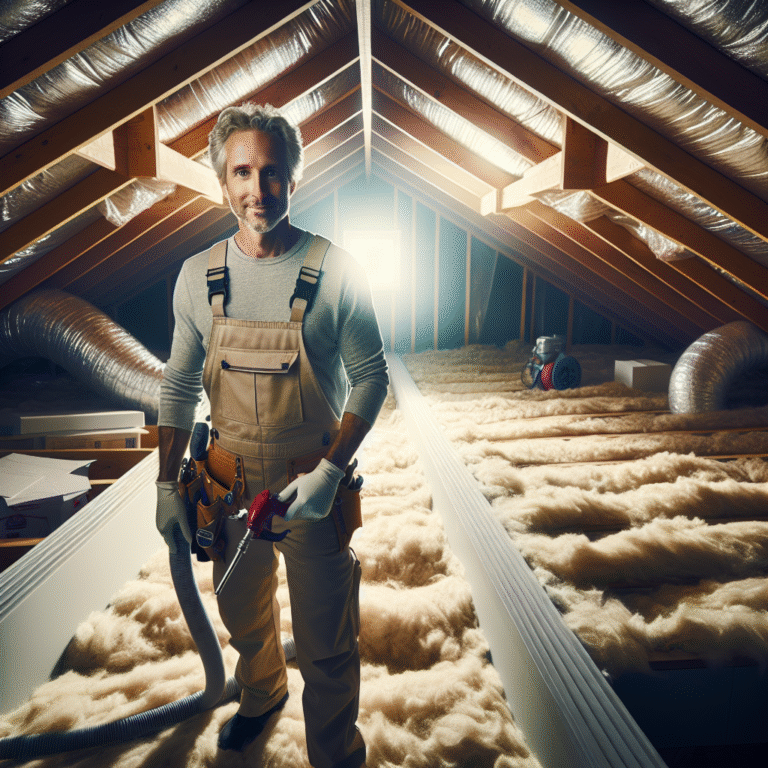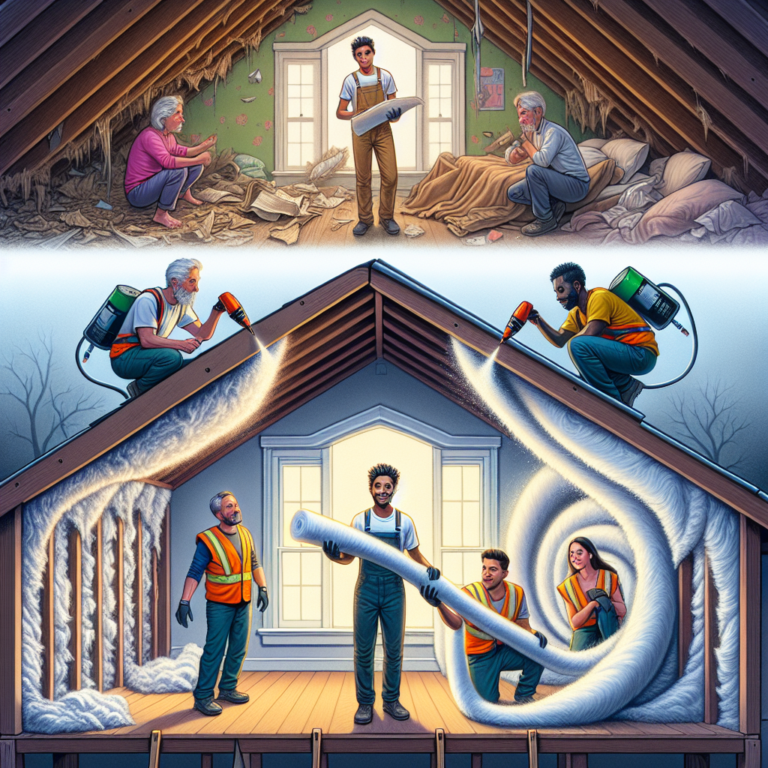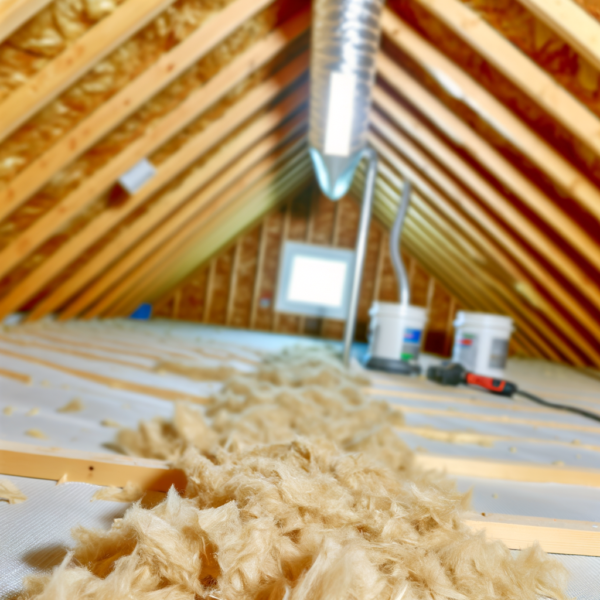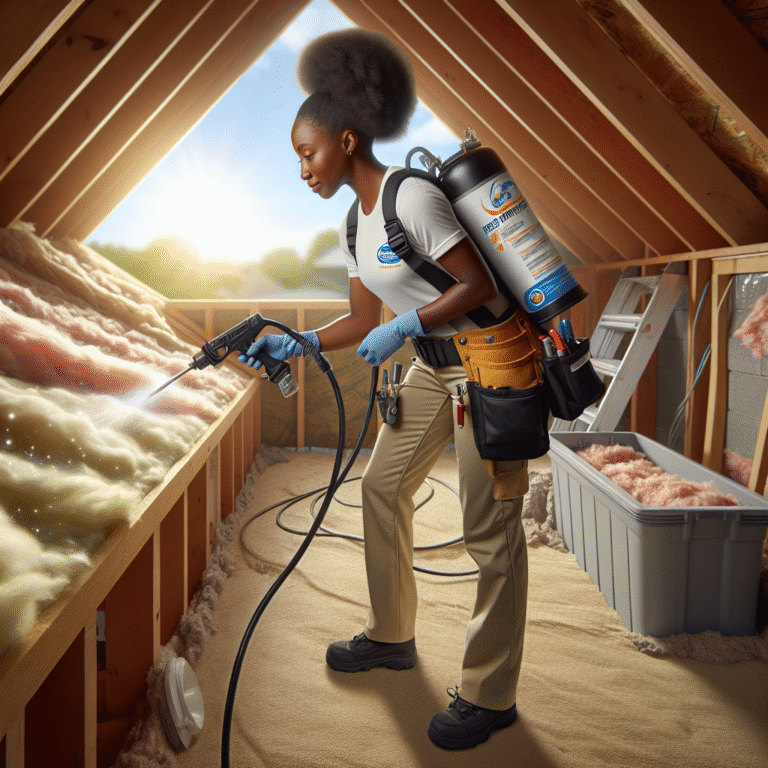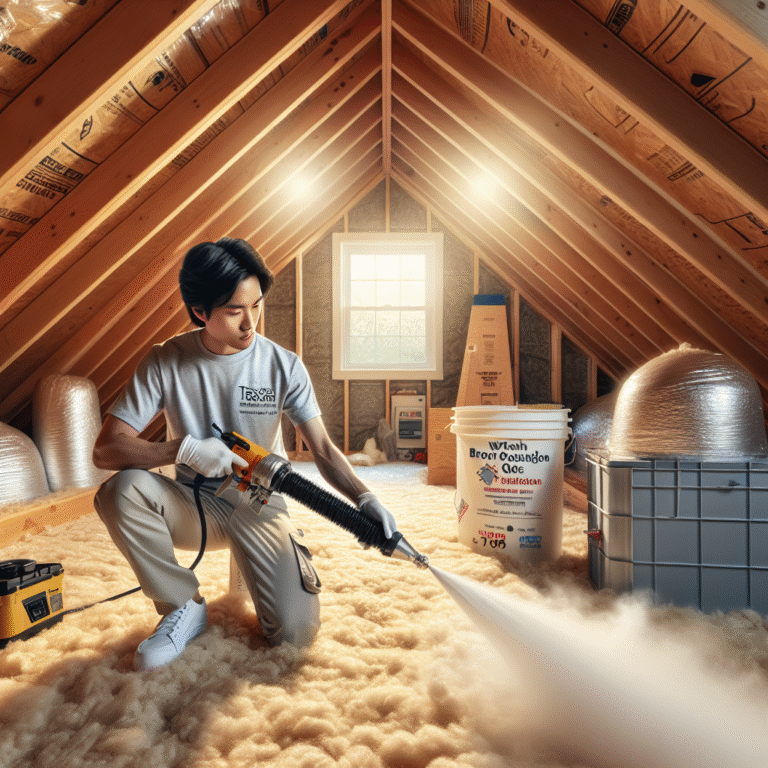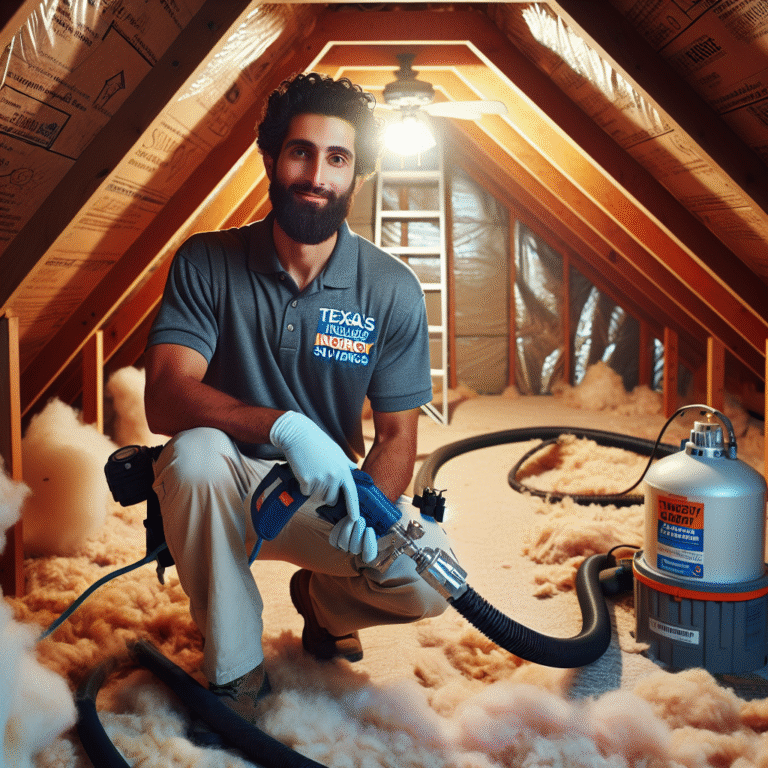-
Table of Contents
“Get the answers you need about blown in insulation.”
For more information about blown in insulation questions in SA, visit texasinsulationsolution.com and schedule a consultation today.
Introduction
Blown-in insulation is a popular choice for homeowners looking to improve the energy efficiency of their homes. If you have questions about blown-in insulation, you’ve come to the right place. In this article, we will address some common questions about blown-in insulation to help you make an informed decision for your home.
Advantages of Blown In Insulation for Attics in Houston
Blown-in insulation is a popular choice for attics in Houston due to its many advantages. Homeowners in the area often have questions about this type of insulation, so let’s address some of the most common ones.
One of the main benefits of blown-in insulation is its ability to fill in gaps and crevices that traditional batt insulation may miss. This helps create a more airtight seal, which can improve the overall energy efficiency of your home. In a hot and humid climate like Houston, proper insulation is crucial for keeping your home cool and comfortable while also reducing your energy bills.
Another advantage of blown-in insulation is its ability to conform to irregular spaces, such as attics with sloped ceilings or tight corners. This makes it a versatile option for homes with unique architectural features. Additionally, blown-in insulation is quick and easy to install, making it a cost-effective choice for homeowners looking to improve their home’s energy efficiency.
One common question homeowners have about blown-in insulation is whether it is safe for their health. The good news is that blown-in insulation is made from materials such as fiberglass, cellulose, or mineral wool, which are non-toxic and safe for indoor use. However, it is still important to take precautions when installing insulation, such as wearing protective gear and ensuring proper ventilation in the attic.
Another question that often comes up is whether blown-in insulation is effective at preventing pests from entering the attic. While no insulation can completely eliminate the risk of pests, blown-in insulation can help deter them by filling in gaps and creating a barrier between the attic and the outside. Additionally, some types of blown-in insulation, such as cellulose, are treated with pest-resistant chemicals to further protect your home.
One of the key advantages of blown-in insulation is its ability to improve the overall comfort of your home. By creating a more consistent temperature throughout the house, blown-in insulation can help reduce drafts and hot spots, making your home more comfortable year-round. This can also help extend the life of your HVAC system by reducing the strain on it.
In conclusion, blown-in insulation offers many advantages for attics in Houston, from improved energy efficiency to increased comfort and pest resistance. If you have any questions about blown-in insulation or are considering upgrading your attic insulation, be sure to consult with a professional insulation contractor who can help you choose the best option for your home. With the right insulation, you can enjoy a more comfortable and energy-efficient home in Houston.
Common Questions about Blown In Insulation Installation
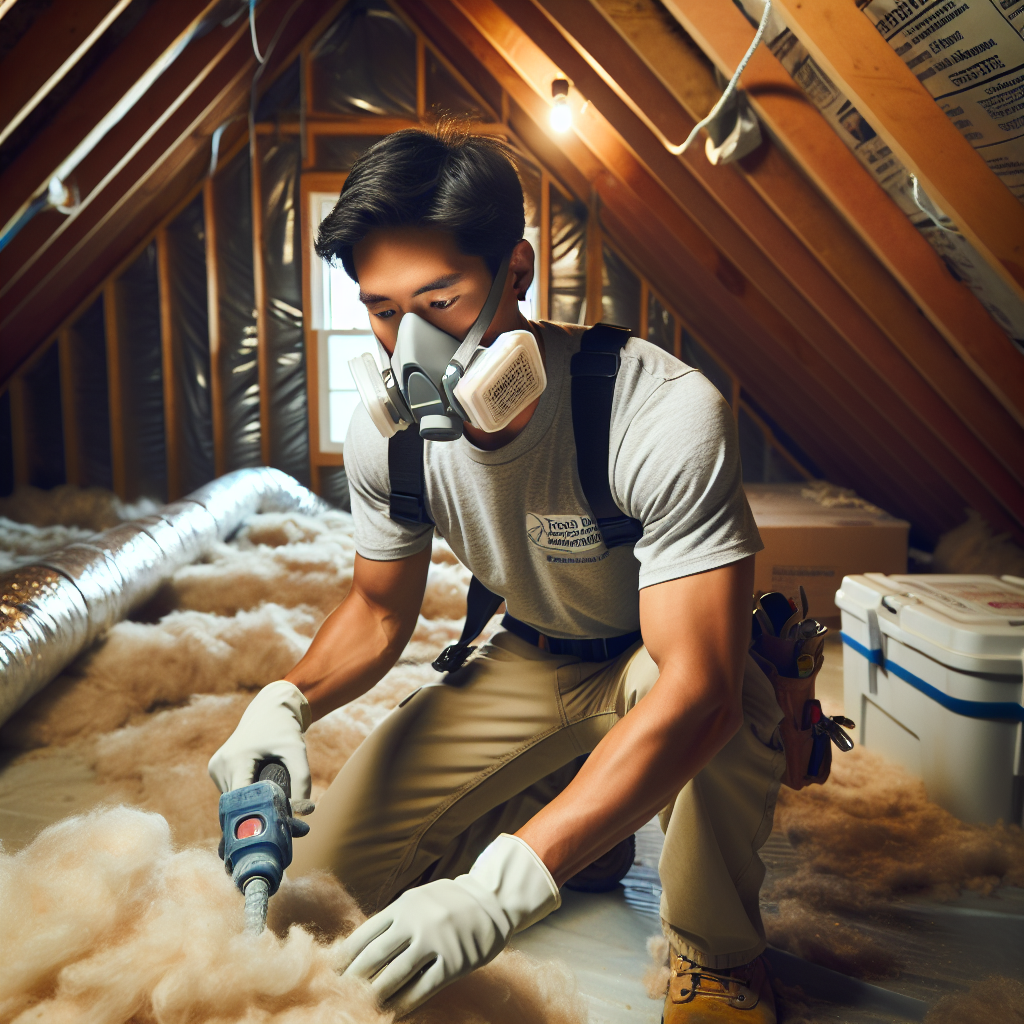
Blown-in insulation is a popular choice for homeowners looking to improve the energy efficiency of their homes. This type of insulation is made up of loose-fill materials such as fiberglass, cellulose, or mineral wool that are blown into attics, walls, or other areas using a special machine. If you are considering blown-in insulation for your home, you may have some questions about the installation process. In this article, we will address some common questions about blown-in insulation installation.
One of the first questions that homeowners often have about blown-in insulation is whether it is a DIY project or if it requires professional installation. While some homeowners may attempt to install blown-in insulation themselves, it is generally recommended to hire a professional for this job. A professional installer will have the necessary equipment and expertise to ensure that the insulation is installed correctly and effectively.
Another common question is how long the installation process takes. The time it takes to install blown-in insulation will depend on the size of the area being insulated and the type of insulation being used. In general, the installation process can be completed in a day or two for most homes. However, larger homes or more complex installations may take longer.
Many homeowners also wonder about the cost of blown-in insulation installation. The cost of blown-in insulation will vary depending on factors such as the size of the area being insulated, the type of insulation being used, and the location of the home. It is best to get quotes from several different insulation contractors to compare prices and find the best deal.
One important question to consider is whether blown-in insulation is a good choice for your home. Blown-in insulation is a great option for many homes because it can be installed in hard-to-reach areas and provides excellent coverage. It is also a cost-effective way to improve energy efficiency and reduce heating and cooling costs. However, it may not be the best choice for every home, so it is important to consult with a professional insulation contractor to determine if blown-in insulation is right for you.
Another common question is whether blown-in insulation is safe for your home. Blown-in insulation is generally considered safe when installed correctly by a professional. However, it is important to follow safety guidelines and precautions during the installation process to ensure that the insulation is not a health hazard. It is also important to choose a reputable insulation contractor who uses high-quality materials and follows industry standards.
In conclusion, blown-in insulation is a popular choice for homeowners looking to improve the energy efficiency of their homes. If you are considering blown-in insulation for your home, it is important to consult with a professional insulation contractor to address any questions or concerns you may have about the installation process. By working with a professional, you can ensure that your blown-in insulation is installed correctly and effectively, providing you with a more comfortable and energy-efficient home.
How Blown In Insulation Can Help You Save on Energy Costs
Blown-in insulation is a popular choice for homeowners looking to improve the energy efficiency of their homes. This type of insulation is made up of loose, fluffy materials such as fiberglass, cellulose, or mineral wool that are blown into attics, walls, and other spaces using a special machine. Blown-in insulation is a cost-effective way to increase the thermal efficiency of your home and reduce energy costs.
One of the main benefits of blown-in insulation is its ability to fill gaps and crevices in walls and attics that traditional insulation materials may not be able to reach. This helps to create a more airtight seal, preventing heat from escaping in the winter and entering in the summer. By improving the overall insulation of your home, you can reduce the amount of energy needed to heat and cool your living spaces, leading to lower energy bills.
Another advantage of blown-in insulation is its ability to conform to irregularly shaped spaces. This makes it an ideal choice for older homes with non-standard construction or hard-to-reach areas that may be difficult to insulate with traditional materials. Blown-in insulation can be easily installed in attics, walls, and floors, providing a seamless barrier against heat transfer and improving the overall comfort of your home.
When considering blown-in insulation for your home, you may have some questions about the installation process and the benefits it can provide. One common question is how much insulation is needed to effectively insulate a home. The amount of insulation required will depend on factors such as the climate in your area, the size of your home, and the existing insulation levels. A professional insulation contractor can assess your home and recommend the appropriate amount of blown-in insulation to achieve optimal energy efficiency.
Another question you may have is whether blown-in insulation is a DIY-friendly project or if it requires professional installation. While some homeowners may choose to install blown-in insulation themselves, it is generally recommended to hire a professional contractor with experience in insulation installation. A professional installer will have the necessary equipment and expertise to ensure that the insulation is properly installed and meets industry standards for energy efficiency.
You may also be wondering about the cost of blown-in insulation and how long it will take to recoup your investment through energy savings. The cost of blown-in insulation will vary depending on factors such as the type of material used, the size of your home, and the complexity of the installation. While the initial cost of insulation may seem high, the long-term energy savings can make it a worthwhile investment. In many cases, homeowners can recoup the cost of blown-in insulation within a few years through lower energy bills.
In conclusion, blown-in insulation is a cost-effective and efficient way to improve the energy efficiency of your home and save on energy costs. By filling gaps and crevices, conforming to irregular spaces, and creating a more airtight seal, blown-in insulation can help to reduce heat transfer and improve the overall comfort of your living spaces. If you have questions about blown-in insulation, it is recommended to consult with a professional insulation contractor who can provide expert advice and guidance on the best insulation options for your home.
Q&A
1. What is blown-in insulation made of?
– Blown-in insulation is typically made of fiberglass, cellulose, or mineral wool.
2. How is blown-in insulation installed?
– Blown-in insulation is installed by blowing or spraying the insulation material into the desired space using a special machine.
3. What are the benefits of blown-in insulation?
– Blown-in insulation can provide better coverage and fill gaps more effectively than traditional insulation materials. It can also improve energy efficiency and reduce heating and cooling costs.
Conclusion
Blown-in insulation is a cost-effective and efficient way to insulate homes and buildings. It can help improve energy efficiency, reduce heating and cooling costs, and create a more comfortable indoor environment. If you have any questions about blown-in insulation, it is recommended to consult with a professional insulation contractor for expert advice and guidance.


